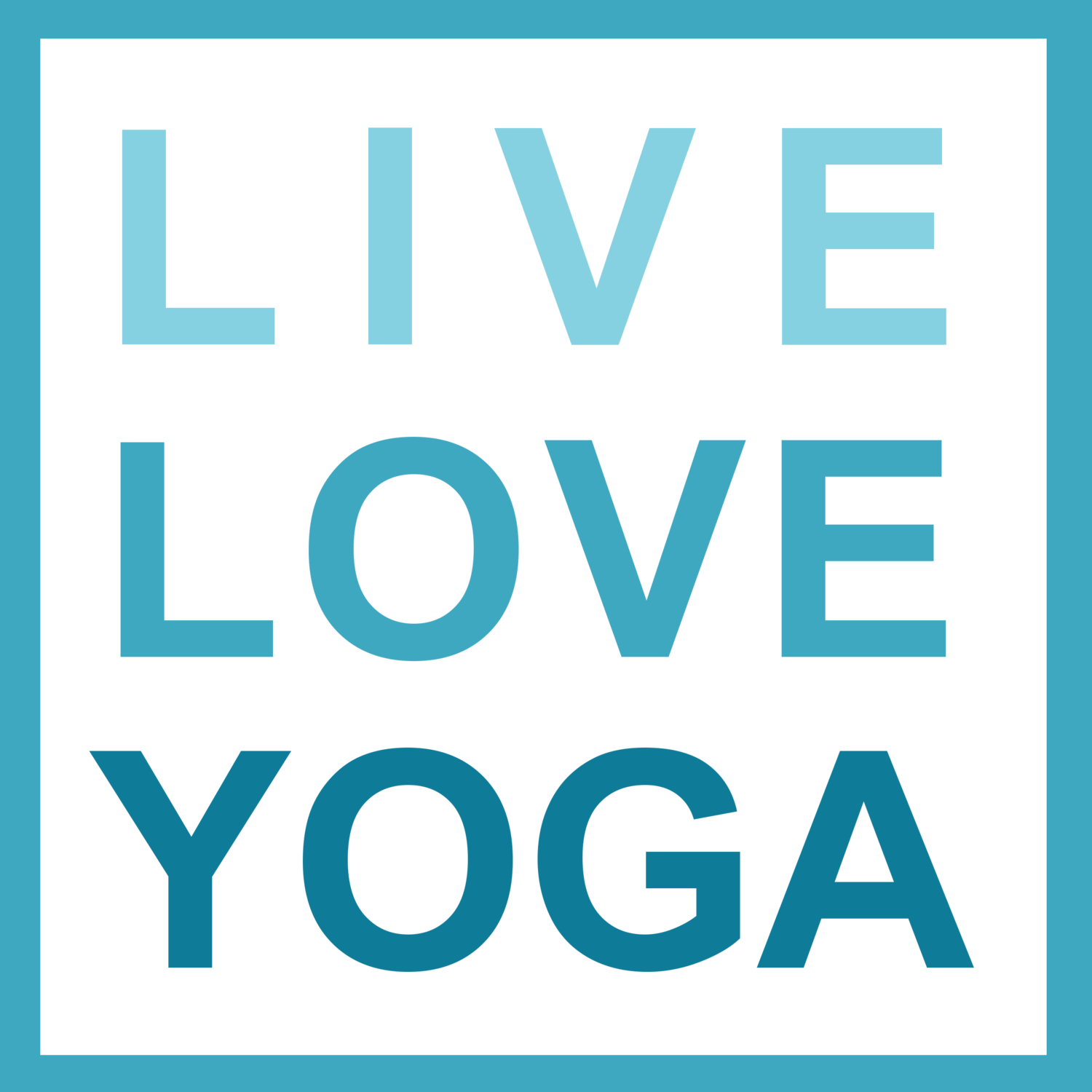Exhaling to reduce stress
/Our breath is a pretty powerful tool to support our mental and physical wellbeing. It’s fundamental to our yoga practice, and it’s often said that without the breath there is no yoga; the asanas become just shapes. However, when thinking about the breath it’s the exhale that plays a major role in how we feel and it can be really helpful for us to focus on it!
When we inhale the intercostal muscles contract to expand the ribcage, the diaphragm contracts to move down, and the lung cavity increases. Air moves in due to the change in pressure. This is an ‘active’ part of the breath and it’s linked to the sympathetic nervous system and our stress response.
In contrast, when we exhale the intercostal muscles relax and the ribcage moves back in, the diaphragm relaxes and recoils, the lung cavity decreases and air is pushed out. This part of the breath is usually ‘passive’, the body is relaxing and it is linked to the parasympathetic nervous system. So, when we focus on this exhale we are tuning into the rest and digest response.
When we’re under stress our breathing rate increases and there is an emphasis on short sharp inhales. However when we’re calm our breathing rate decreases and we usually breathe more fully and deeply, with longer exhales. When we do breathing practices that focus on the exhale and lengthening it, we can essentially ‘trick’ our nervous system into thinking we’re calm. Our sympathetic nervous system begins to dial down and we start to relax. Research also shows that breathing out for a bit longer than we breathe in helps to tone the vagus nerve, which supports how we manage stress.
During times of stress, or even during exercise, shallow breathing can lead to more residual carbon dioxide in the lungs. A build up of this can make us feel agitated, and it’s why we often sigh; to release all the residual waste gasses and make space for more oxygen to enter the lungs. The oxygen is then transported to the cells in our body and brain, helping us to function better, feel calmer and think more clearly.
Focusing on the exhale is a great way to use the breath to support your body and mind. A simple way to start is to just notice the breath, and begin to see if you can breathe out for a bit longer. Begin to breathe, noticing the length of each inhale and exhale. You can count in your head if this feels ok for you, but some people find that counting actually stresses them out!
Once you’ve noticed your breath you can work towards using a 2:1 ratio, so you're breathing out for twice as long as you're breathing in, if this feels comfortable for you. A few other ways to extend your exhale include blowing through pursed lips or sighing the breath out. You could even have a go at interrupted inhale, where you breathe in a little then pause, then breathe in a bit more, and then breathe out fully (2 sips of breath in, 1 full breath out). This is a technique I use when running to prevent my heart rate spiking, although I’m not sure how well I’ve mastered it!
We cover all of this and more on my new Restorative Yoga Teacher Training, which focuses on using yoga and the breath, mindfulness and meditation to support the nervous system and help people to rest and restore. The course can be taken:
Self paced, start any time OR
This September with two weekend training days live on Zoom
You can find out more about this course by following the link below, or get in touch!


